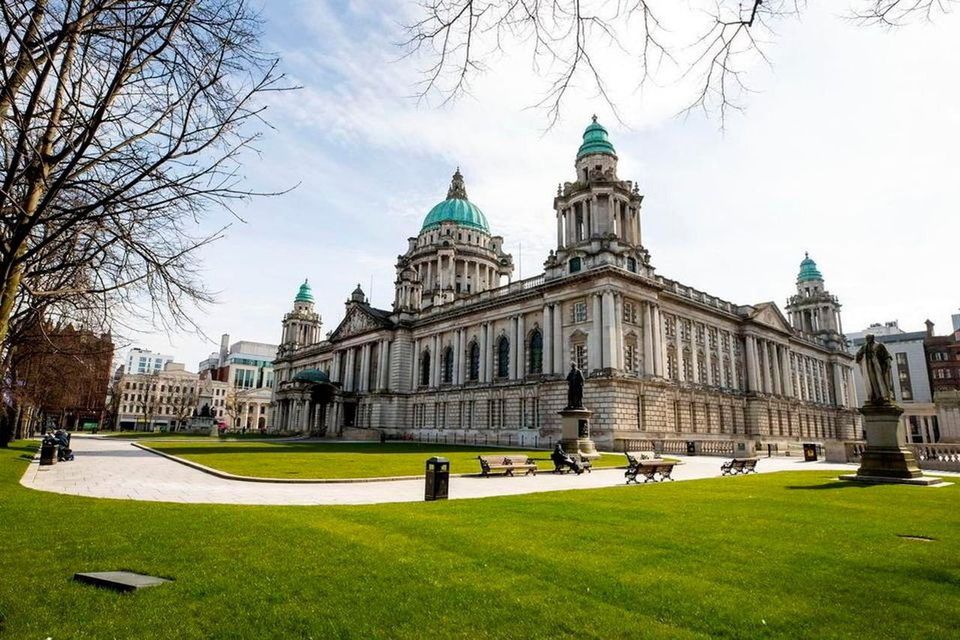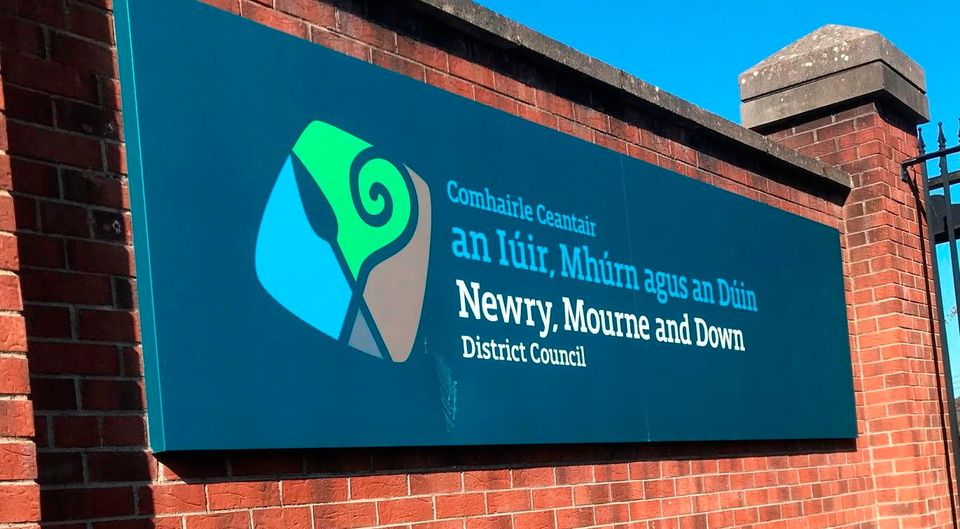Rates bills will rise for thousands of homes and businesses in Northern Ireland after two councils agreed to district rates increases.
Belfast City Council agreed to a rates increase of 5.99% for 2025/26, having agreed to a 5.44% for the prior period.
Newry, Mourne and Down Council, meanwhile, has raised rates by almost 4%, after a rise of 6.41% last year.
The district rate is set by local council areas and is one part of the rates bills homeowners receive. The other part is the regional rate, which is set by the Executive at Stormont.
Belfast City Hall
Final rates bills are issued once both rates have been set.
Residential properties pay a domestic rate, whereas non-domestic properties pay a business rate.
In Belfast, the rates increase of close to 6% will impact owners differently depending on the valuation and type of property owned.
On average, rates in the city will go up by:
Cllr Ryan Murphy, chair of Belfast City Council’s Strategic Policy and Resources Committee, said: “While there has been an increase in rates again this year, all parties have worked to keep this year’s rise as low as possible, and the increase reflects the rise in national insurance contributions brought in by the UK Government.
“Like other organisations, the council has also been impacted by ongoing external pressures, including inflationary and pay pressures, but we have worked hard again this year to deliver significant savings to absorb these extra costs.
“I believe that we have shown responsible leadership by achieving the right balance between supporting communities, businesses and vulnerable people who are affected by the ongoing the cost-of-living crisis, while continuing to maintain our key services and invest in local communities.”
Newry, Mourne and Down District Council
In Newry, Mourne and Down, the council has agreed to a 3.98% rise in the district rate for 2025/26.
For a domestic property valued at £133,000, this would mean a yearly rates bill rise of £24.74.
The chairperson of the council, Peter Byrne, said: “The district rate not only pays for the services the council is responsible for, [but] it also supports the delivery of projects that will transform our communities to bring important benefits and opportunities within our district.
“Over the past two years, we have made significant progress towards realising our goals.”
“This year, the increase in employer national insurance contributions, which come into place from April 1, 2025, have been absorbed into the operating costs of the council for 2025/26.
“These costs were not expected when forecasting costs last year but have had to be included after the fiscal changes made by the Labour Government in the Budget.
“Additionally, ongoing year-on-year cuts to the Rates Support Grant have further impacted us.”
Mr Byrne added that the council had worked hard to “keep the rate increase as low as possible”.
“The way in which we spend income from rates is designed to respond to local needs and improve our residents’ lives and livelihoods in the long term,” he said.
“The council has reviewed its services across the district and has agreed to invest additional resources in the street-cleansing services, planning services, and to support the implementation of its sustainability and climate change obligations.
“In the next financial year, we will prioritise the delivery of our frontline services, businesses and vulnerable people and strengthen relationships with local stakeholders and funders to work smarter and better for our residents.
“To remain responsive to local needs, the council will proceed to action its ambitious transformational agenda to improve its resilience, efficiency and delivery so that we can continue to get things done even in the most testing of times.”

